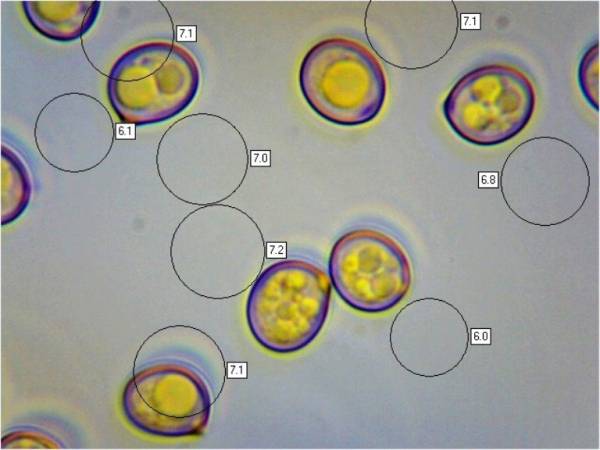Pluteus chrysophaeus (Schaeff.) Quél. - Yellow Shield
Phylum: Basidiomycota - Class: Agaricomycetes - Order: Agaricales - Family: Pluteaceae
Distribution - Taxonomic History - Etymology - Identification - Culinary Notes - Reference Sources
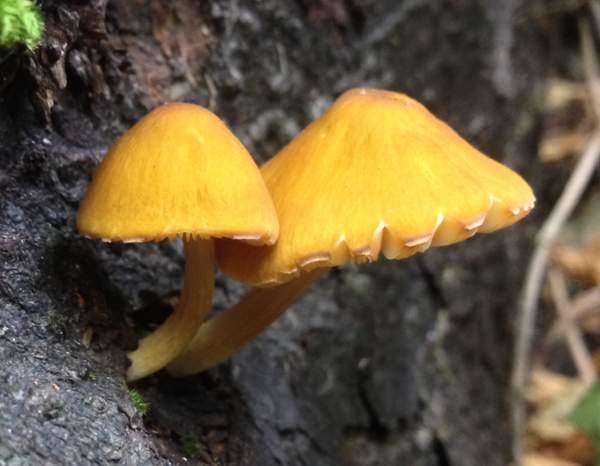
Pluteus chrysophaeus (synonym Pluteus luteovirens) is a wood-rotting fungus that occurs mainly on elm. Its mustard-yellow cap is a distinctive feature of this relatively uncommon but very attractive little mushroom, which is generally considered inedible.
As with other 'shield' fungi, this lovely little mushroom gives a pink spore print, as also do members of the genera Volvariella, which have basal volvas, and Entoloma, which do not generally grow on wood.
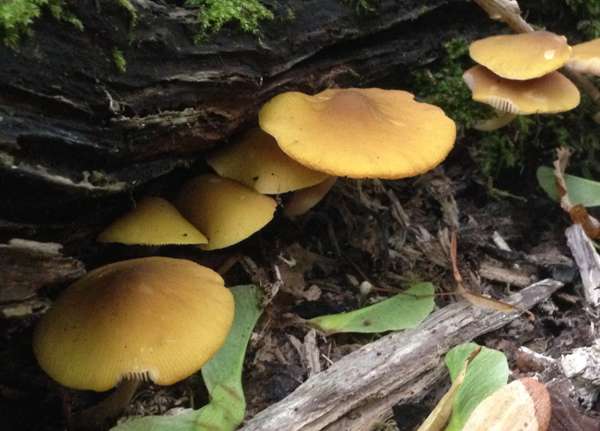
Distribution
Widespread but rather uncommon in Britain and Ireland, this wood-rotting mushroom is also found throughout most of mainland Europe.
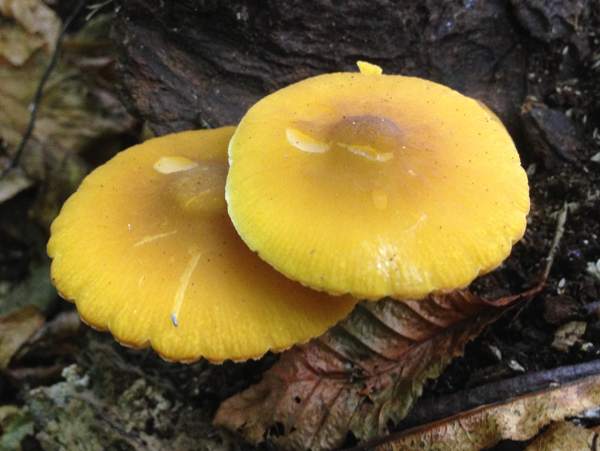
Taxonomic history
Originally described in 1762 by Jacob Christian Schaeffer, who gave it the binonial scientific name Agaricus chrysophaeus (at a time when most gilled fungi were placed initially in what soon became an enormous genus Agaricus, since largely redistributed to newer genera), the Yellow Shield was transferred to the genus Pluteus by Lucien Quélet in 1872.
Synonyms of Pluteus chrysophaeus include Agaricus chrysophaeus, Pluteus luteovirens Rea, Pluteus galeroides P. D. Orton, and Pluteus xanthophaeus P. D. Orton. Many older field guides refer to the Yellow Shield as Pluteus luteovirens.
Note: Increasingly this species is becoming known as Pluteus chrysophlebius (Berk. & MA Curtis) Sacc., but at the time of writing the FRDBI is still using the name Pluteus chrysophaeus.
Etymology
Pluteus, the genus name, comes from Latin and literally means a protective fence or screen - a shield for example! The specific epithet chrysophaeus is derived from the Greek prefix chruso- meaning gold or golden, and phaeus meaning dusky. Hence this little mushroom is being described as having a dusky-golden cap. Spot on, in my experience!
Identification guide
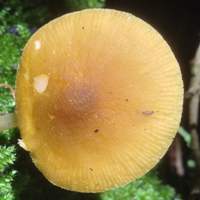 |
CapMustard-yellow and initially bell-shaped, the caps eventually flatten but often retain a slight umbo. Cap diameter ranges from 2 to 4cm when fully expanded. The cap flesh is pale yellow and thin. |
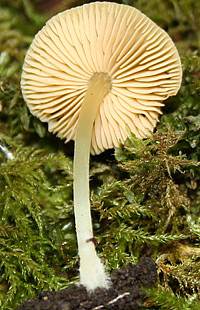 |
GillsWhite at first, becoming pale pink, the gills are broad, crowded and free. StemWhite and of even in diameter or tapering slightly towards the apex, with a slight yellow tinge at the base of mature specimens. The stem flesh is white and firm, again with a slight yellow tinge at the base; the stem does not become hollow as it ages. |
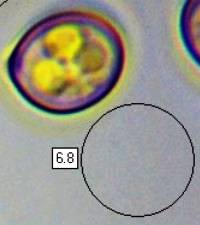 |
SporesSubglobose, smooth, 5-6 x 4.5-5µm. Spore printPink. |
Odour/taste |
Not distinctive. |
Habitat & Ecological role |
Saprobic; solitary or in small groups on rotting (often buried) elm and occasionally other hardwood debris. |
Season |
Late summer and autumn. |
Similar species |
Pluteus leoninus is larger and its cap is golden yellow with a darker centre. Pluteus cervinus has a larger, brown cap. |
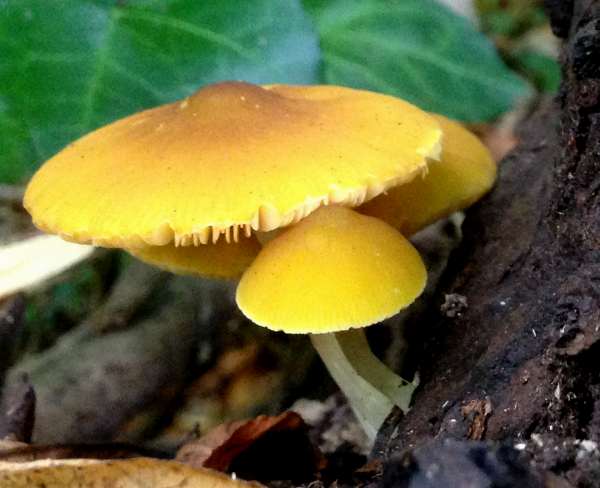
Culinary Notes
The Yellow Shield is not known to be an edible mushroom, and therefore this uncommon and insubstantial mushroom should not be gathered for eating.
Reference Sources
Fascinated by Fungi, 2nd Edition, Pat O'Reilly 2016, reprinted by Coch-y-bonddu Books in 2022.
Funga Nordica: 2nd edition 2012. Edited by Knudsen, H. & Vesterholt, J. ISBN 9788798396130
Alfredo Justo, Andrew M. Minnis, Stefano Ghignone, Nelson Menolli Jr., Marina Capelari, Olivia Rodríguez, Ekaterina Malysheva, Marco Contu, Alfredo Vizzini (2011). 'Species recognition in Pluteus and Volvopluteus (Pluteaceae, Agaricales): morphology, geography and phylogeny'. Mycological Progress 10 (4): 453–479.
Orton, P.D. (1986). British Fungus Flora: Agarics and Boleti. Vol 4. Pluteaceae: Pluteus & Volvariella. Royal Botanic Garden: Edinburgh, Scotland.
BMS List of English Names for Fungi
Dictionary of the Fungi; Paul M. Kirk, Paul F. Cannon, David W. Minter and J. A. Stalpers; CABI, 2008
Taxonomic history and synonym information on these pages is drawn from many sources but in particular from the British Mycological Society's GB Checklist of Fungi.
Acknowledgements
This page includes pictures kindly contributed by Simon Harding.
Fascinated by Fungi. Back by popular demand, Pat O'Reilly's best-selling 450-page hardback book is available now. The latest second edition was republished with a sparkling new cover design in September 2022 by Coch-y-Bonddu Books. Full details and copies are available from the publisher's online bookshop...
